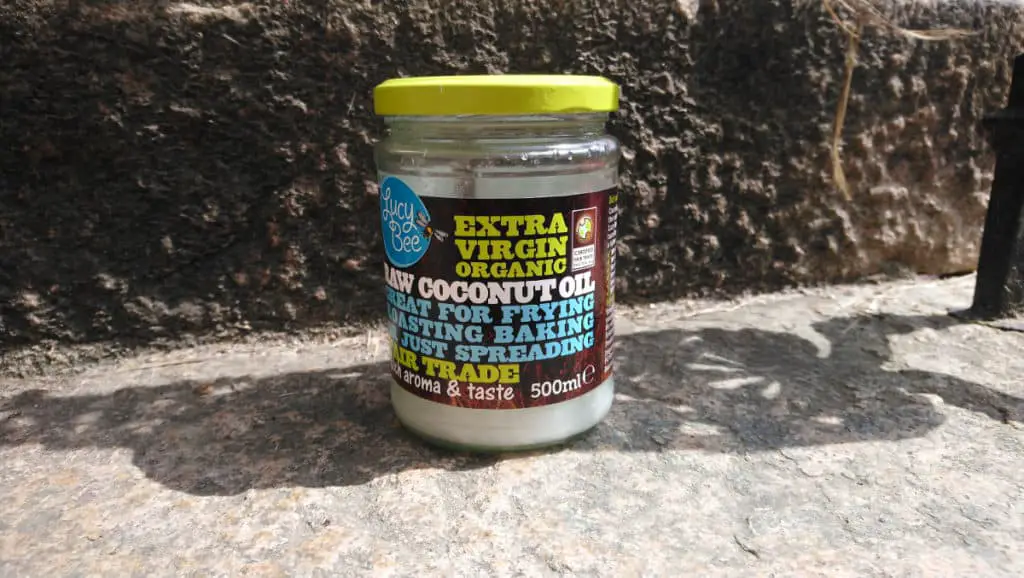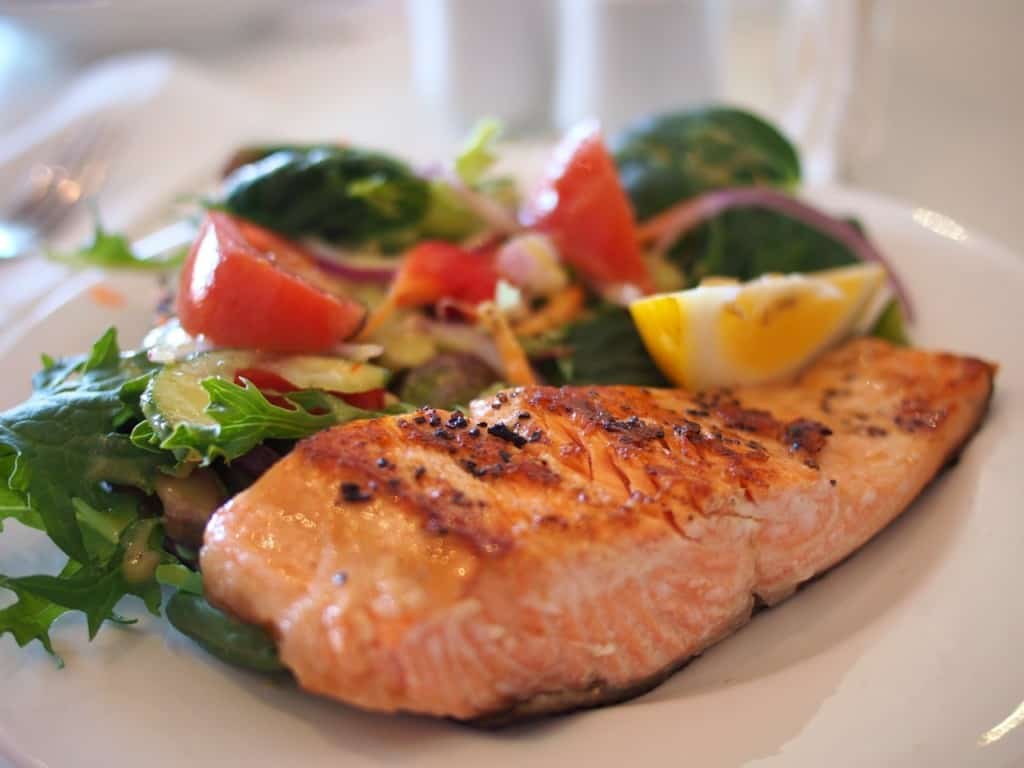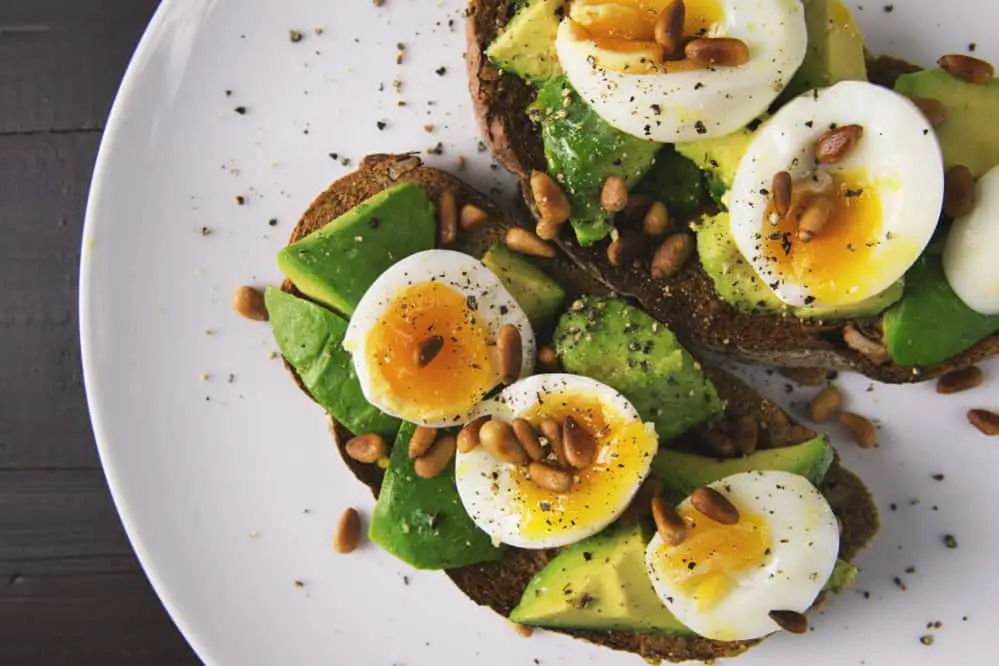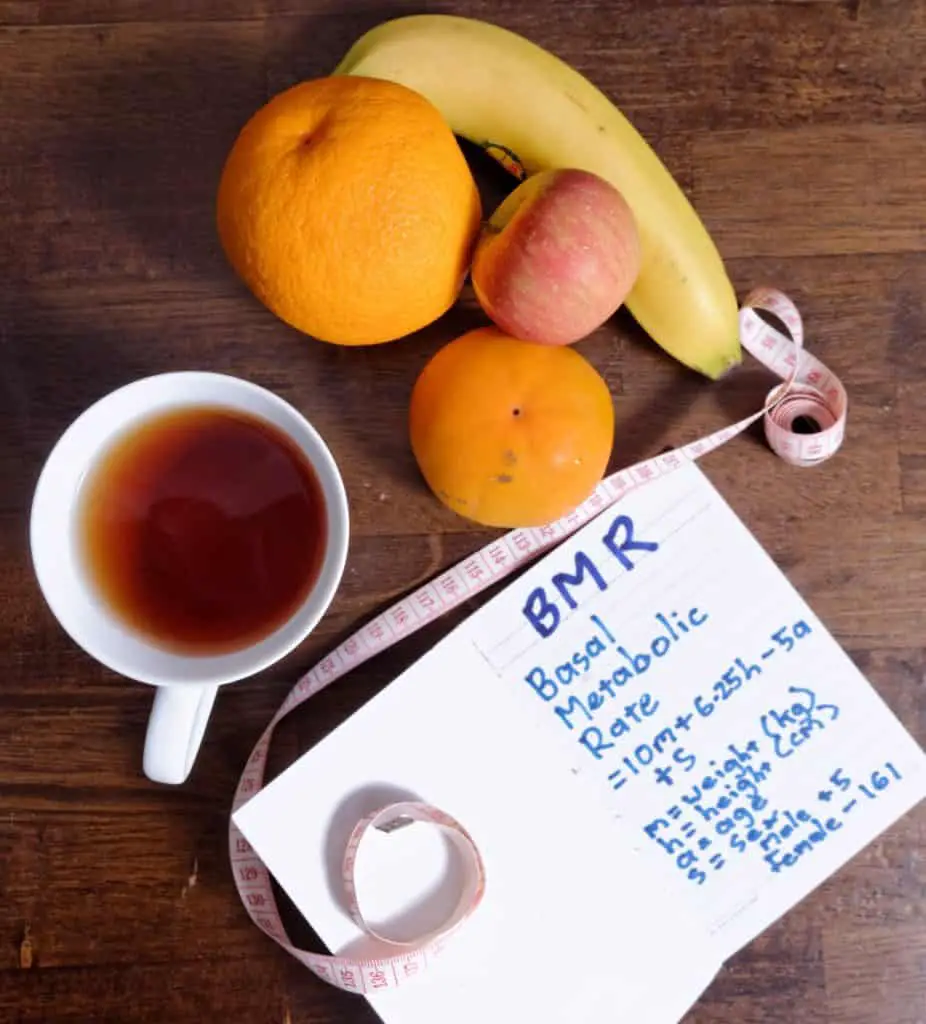Our Paleolithic ancestors hunted and gathered everything they ate, which is why the paleo diet is considered humans’ most natural diet. However, fruits became globally available after agriculture was introduced, so people in the Paleolithic era did not have fruit as a regular part of their diet.
Does that mean that fruit isn’t paleo? Of course not. You won’t get a better source of clean carbohydrates than from fruits, plus they’re packed with too many essential nutrients to be considered harmful for us. The more important question is, what fruits are allowed on the paleo diet?
The short answer? All fruits are allowed on the paleo diet. Most of them only go through mild processes to clean and preserve their shelf life, but we can’t bundle them with the refined goods that the paleo diet restricts. So, you can eat any fruit you want on the paleo diet, provided you do it in moderation.
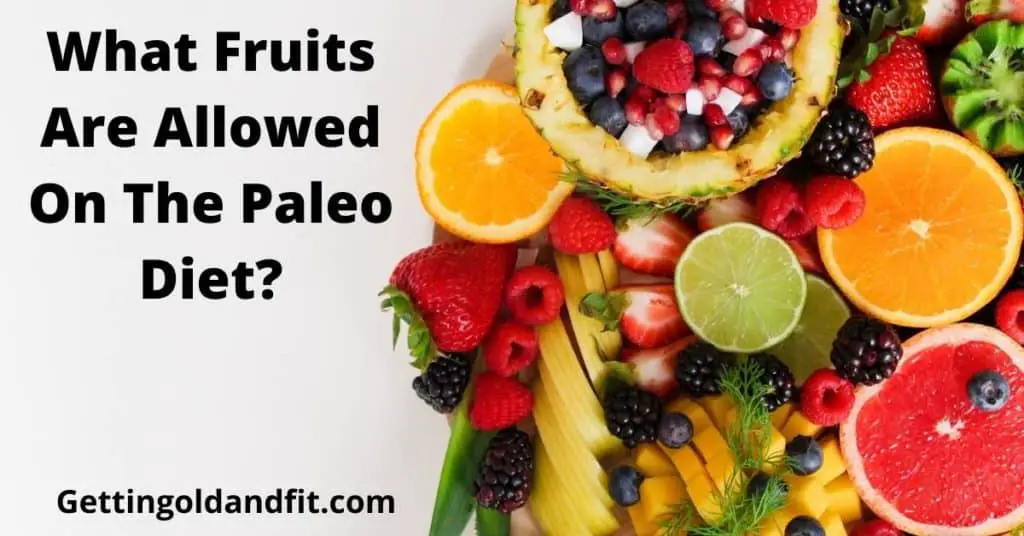
Does that mean that you can stuff your diet full of tasty fruits and call it a day? No, far from it.
It means you should choose your fruits wisely because you can only eat so many calories in a day, and if you eat more than your body burns, well, that’s how unwanted weight gain happens.
With that said, what fruits should you include in your paleo diet?
What Fruits Should I Eat On The Paleo Diet?
When grains are off the menu, you will need as many alternative sources of carbohydrates as you can get. Like leafy vegetables, fruits are a great source of carbohydrates.
Remember, some fruits have quite a bit of sugar, and having too much of it can mess with your paleo lifestyle. Therefore, you need to choose your fruits wisely.
These Fruits Are A Good Choice For The Paleo Diet
Avocado
Despite being a high-calorie fruit, there is less than 2g of sugar in an avocado. There are about 9g of carbs, 15g of fat, and 2g of protein in an avocado.
This nutrient-rich fruit has the makings of a paleo-friendly food. However, due to its high number of calories, it should not feature in too many meals.
Papaya
This tropical fruit doesn’t rank high in my list of favorites, but it’s hard to argue with cold, hard facts. Papaya has carbohydrates, fiber, protein, and fats. As a fruit, it is as nutritious as they come.
Small papaya has about 14 grams of sugar, so adding half of it to your meal won’t cause unnecessary sugar spikes. It has slow-digesting carbs that keep your energy levels consistent. Furthermore, it is also high in fiber, so it can be a healthy, filling dessert at the end of your meal.
Season it with some sea salt or a dash of lime—Who said paleo diets couldn’t be flavorful.
Strawberries
It’s hard to believe that a cupful of these delicious berries only has 7g of sugar. However, strawberries are a versatile fruit, and they go well with nearly everything.
Use them to garnish salads or snacks on handfuls of them. Strawberries are always a welcome treat.
Raspberries
With just 5g of sugar per cupful, raspberries belong on your paleo diet, especially since the same cupful also gives you 8g of fiber.
Raspberries are also rich in carbs, so a cupful of raspberries during your snack breaks could give you a natural energy boost that won’t send you crashing after a few hours.
These berries are pretty filling, thanks to all the fiber, and they are good for digestion.
Guavas
Guavas can add flavor to your smoothies, and you can have as many of them as you wish since there’s only around 5g of sugar in guava fruit.
The carb-rich fruit tastes good and is quite filling as it contains about 3g of fiber too. Guavas can be nibbled on or juiced—whichever way you prefer, you’ll be getting a lot of nutrition.
Cantaloupes
Cantaloupes are a rich source of vitamin A and carbohydrates. In its raw state, 90% of the fruit is water, but it also contains protein (0.8%), fats (0.3%), and carbs (8%).
Cantaloupes can be very sweet when ripe, and they go well with many recipes. In addition, they can add a nutritional boost to your meals and provide some extra carbs to keep you feeling energized all day.
Conclusion
The fruits listed above all have two things in common:
- They have less than 10g of sugar per portion, and;
- They contain more than 1g of fiber and are rich in carbs.
Compared to other fruits, they seem to be slightly better options owing to their low sugar content and high nutritional values. However, that doesn’t mean that other fruits are any less paleo-friendly.
A medium-sized apple has about 10g of sugar, but it also contains 14g of carbs and over 2g of fiber. An orange of about the same size has about 9g of sugar, but it also contains 12g of carbs and more than 2g of fiber.
Eating fruit is the most paleo thing you could do. So long as you don’t go nuts over one specific fruit, you have several options at your disposal.
